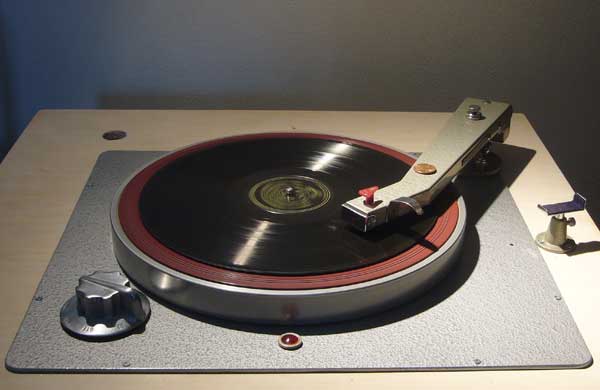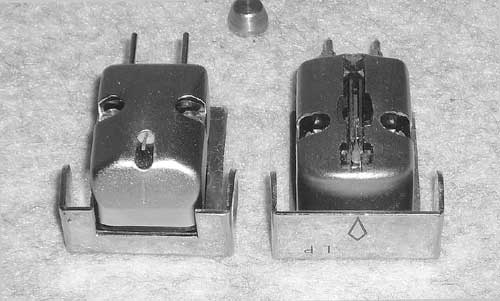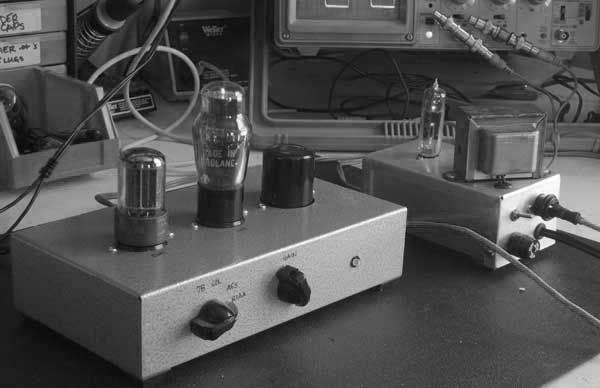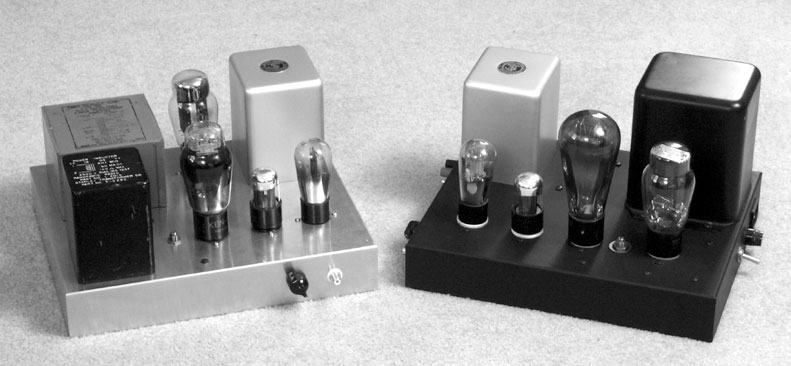The Altec 604/605 Duplex series have significantly gone up in price but there are still sleepers out there. I'll start with the following vintage 12" co-axes worthy of consideration for not much cash outlay just to encourage people to be adventurous.
 |
| Jensen DL220 |
Late model ferrite magnet equipped Jensen with a variant of the RP302 horn tweeter.
Excellent bass extension the equal of the Altec 414 in 614 cabinets. If the top end sounds a bit hot, don't be afraid to fiddle around with the L-pad. A narrow "suck out" in the upper mid-range leads me to believe that the woofer to tweeter integration can be improved. I have not found a way to access the crossover maybe it requires carefully peeling away the metal decal at the back of the frame. Sounds best driven by a classic topology amp like the 6C6-SE2A3. Those who are used to modern speakers will probably like the tonal balance and presentation of this driver over all the others in this survey.
 |
| University 6201 |
Phenolic diaphragm horn tweeter with alnico magnets
I played around with crossover point ran the woofer full range but realized stock form is best! Those guys at University knew how to maximize the potential of the drivers in this unit. This is a sleeper with a "sweet" phenolic horn tweeter (4401) extended enough in the top end to make late 40s-50s Duke, Basie, Goodman and young Sinatra recordings come alive. There's a hint of vintage "phenolic" coloration when driven by the 6C6-SE2A3 amp which keeps it from the Altec class ameliorated by using a wider bandwidth amp like my SE2A3dx. Bass is slightly less extended than the DL220 but has good definition.
 |
| Lafayette SK58 |
I modified the crossover slightly to get rid of some upper midrange harshness caused by the lower limit of the cone tweeter by adding another 4uf cap in series with the stock 4uf paper in oil can type. This shifted the crossover an octave higher. The presentation is similar to the DL220 without the hot top end and less "snap" due to the cone tweeter.
Unbranded - alnico magnet with cone tweeter, maybe a Quam or Utah OEM?
Very good balance tonally with an almost seamless transition between woofer and cone tweeter but good only before ~ 10 khz and the response drops drastically. Really fine midrange, bass is tight and fast but has the least extension in this syrvey. At some point I might try using a phenolic cone horn tweeter like Jensen RP103 to add some air or maybe replace the tweeter with a Jensen P35. However for listening exclusively to 78 rpm this is perfect!
Further Thoughts
After several years of listening to various vintage drivers I can safely say that if coherence is a priority go for a full range driver or a 2-way co-ax with a cone tweeter for obvious reasons - much easier to mate two cones. A horn loaded tweeter gives a better sense of dynamic contrasts and the edge in transient response but be prepared to work on interfacing with the direct radiator woofer. It is always a compromise...
Associated equipment used:
Rek O Kut B12H, viscous damped tonearm
GE RPX and VRII
JEL mono preamp with variable EQ.
JEL SE2A3dx and SE10dx
RCA Radiotron SE2A3
Reference speaker = Altec 605B Duplex







Jensen DL-220 speaker crossover capacitor access.
ReplyDeleteThis 12uF non-polar electrolytic capacitor is installed inside the basket tucked under the input terminals. Push lightly the brown cable that goes to to the 32 ohm attenuator pot about 1" and you should see the capacitor as it moves from under the terminals. One capacitor lead is solderd to the (-) input terminal, the other capacitor lead goes to the tweeter (-) and pot gnd end. The (+) input terminal goes to the (hot) pot end and slider to the (+) tweeter input forming an L-pad. This old electrolytic should be replaced with , say, an Alcap 12uF 50V non-polar or any low voltage (250V) film type like ClarityCap etc. they may have to be located outside the basket which is not a problem.
I have response plots of the tweeter attn. level vs frequency and pot setting email me if interested.
Hope this helps.
Thank you for the tip George! If you send me the plots I can add it to the article and give you credit.
DeleteJE